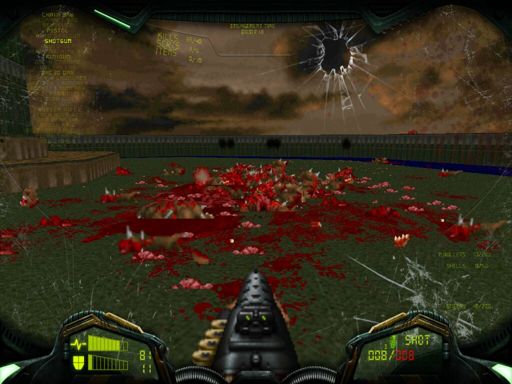
When the prisoners arrived at the prison they were stripped naked, deloused, had all their personal possessions removed and locked away, and were given prison clothes and bedding. Then they were blindfolded and driven to the psychology department of Stanford University, where Zimbardo had had the basement set out as a prison, with barred doors and windows, bare walls and small cells. They were fingerprinted, photographed and ‘booked.’

Prisoners were treated like every other criminal, being arrested at their own homes, without warning, and taken to the local police station. There were two reserves, and one dropped out, finally leaving ten prisoners and 11 guards.

Participants were randomly assigned to either the role of prisoner or guard in a simulated prison environment. The participants did not know each other prior to the study and were paid $15 per day to take part in the experiment. The 75 applicants who answered the ad were given diagnostic interviews and personality tests to eliminate candidates with psychological problems, medical disabilities, or a history of crime or drug abuse.Ģ4 men judged to be the most physically & mentally stable, the most mature, & the least involved in antisocial behaviors were chosen to participate. Study of the psychological effects of prison life. He advertised asking for volunteers to participate in a To study the roles people play in prison situations, Zimbardo converted a basement of the Stanford University psychology building into a mock prison. Zimbardo predicted the situation made people act the way they do rather than their disposition (personality). Zimbardo and his colleagues (1973) were interested in finding out whether the brutality reported among guards in American prisons was due to the sadistic personalities of the guards (i.e., dispositional) or had more to do with the prison environment (i.e., situational).įor example, prisoner and guards may have personalities which make conflict inevitable, with prisoners lacking respect for law and order and guards being domineering and aggressive.Īlternatively, prisoners and guards may behave in a hostile manner due to the rigid power structure of the social environment in prisons.


 0 kommentar(er)
0 kommentar(er)
